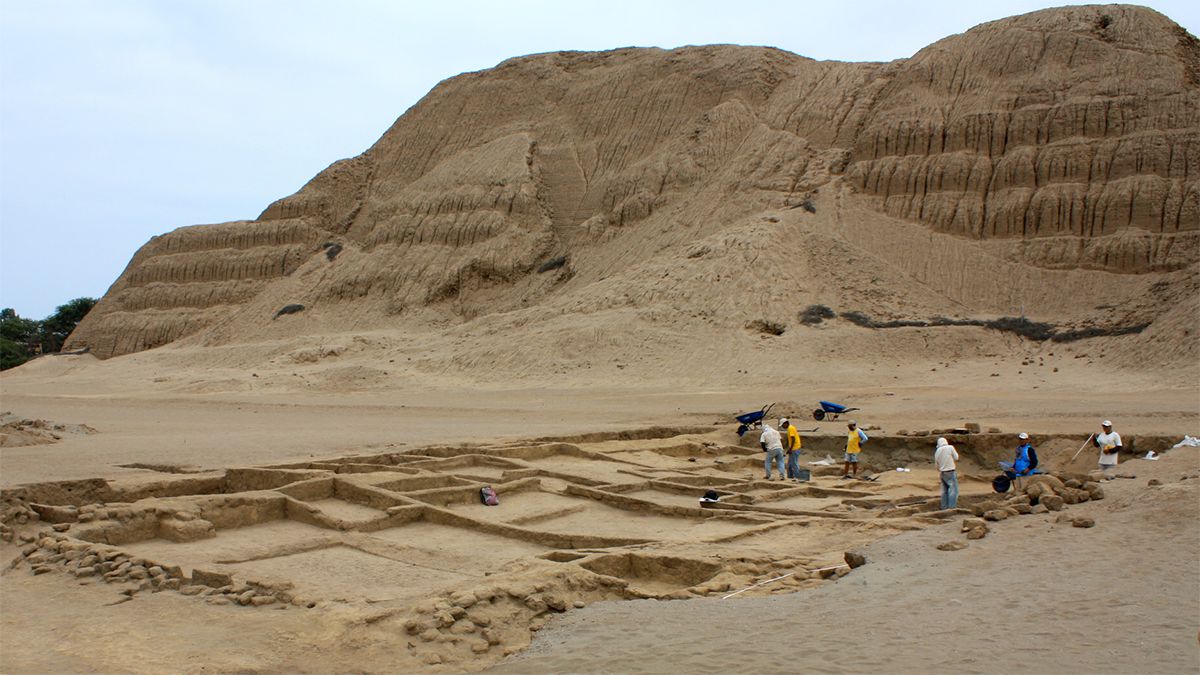My dissertation explored the dynamics of food production, migration, and sociopolitical change during the consolidation of the Southern Moche state of north coastal Peru during the Early Intermediate Period (400 BCE – A.D. CE), primarily through the lens of paleoethnobotany. Titled “Reimagining Ancient Agricultural Strategies and Gendered Labor in the Prehispanic Moche Valley of North Coastal Peru,” this project incorporated archaeobotanical, environmental, and ethnohistorical evidence to address changes in food production, processing, and consumption over five cultural horizons to critically re-evaluate existing models of Moche sociopolitical development, with a bottom-up perspective of the laborers in rural households whose agricultural production supported the growth and fluorescence of this complex society. The plant data suggest that complex political dynamics involving tribute relationships and suprahousehold commensal events were already in place during the Gallinazo phase (1-200 CE), and that Moche leaders built upon existing political institutions in which rural households were already engaged in intensive agricultural production, which included maize but also other field cultigens and tree crops.
 La Luna Residential Sector
La Luna Residential Sector